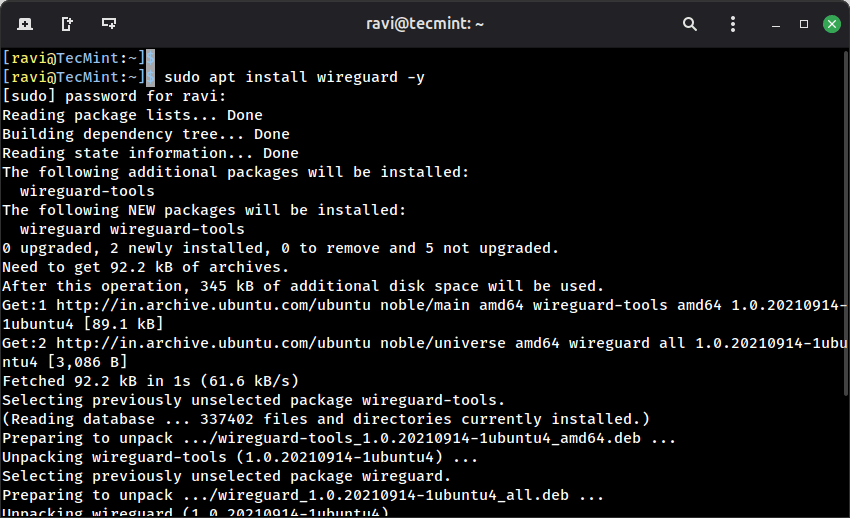QEMU 10.1 is now available as the latest stable version of this open-source machine emulator and virtualization software, a release that brings new features and improvements for next-generation emulation.
Coming four months after QEMU 10.0, the QEMU 10.1 release introduces support for Intel’s Trust Domain Extensions (TDX) to KVM (Kernel-based Virtual Machine), which requires a machine running Linux kernel 6.16 or later, along with support for starting a TDX or SEV-SNP virtual machine from an IGVM file.
For ARM emulation, QEMU 10.1 introduces emulation support for new CPU architectural features, including FEAT_SME2, FEAT_SME2p1, FEAT_SME_B16B16, FEAT_SME_F16F16, FEAT_SVE_B16B16, and FEAT_SVE2p1, a new multi-SoC ‘ast2700fc’ machine, a new Meta ‘catalina-bmc’ machine, a new NVIDIA ‘gb200-bmc’ machine, FW support for the AST2700 EVB machines, and a new board model ‘max78000fthr’ (Analog Devices max78000 Cortex-M4 board).
For RISC-V emulation, this release adds support for atomic instruction fetch, Svrsw60t59b extension support, max_satp_mode from host CPU, support for RIMT to virt machine ACPI, Kunminghu CPU and platform support, a new property to set the vill bit on reserved usage of vsetvli instruction, as well as a riscv_hwprobe entry to linux-user strace list.
For LoongArch emulation, QEMU 10.1 adds kernel irqchip support, while for s390x emulation, it adds support for retrieving control program identification data via QOM. Among other changes, QEMU 10.1 introduces support for the TSS trap bit to TCG, initial support for CoCo guest-memfd memory backends, and ACPI PCI hotplug and acpi-index support for PCI devices on ARM ‘virt’ machine.
Some VFIO enhancements are present as well in this release, including live update (CPR) support, a new property to override a device PCI class code, support for VFIO migration with multifd on AArch64, support for vfio-user client device, support for reporting vfio-ap configuration changes, automatic enablement of OpRegion for IGD passthrough, and support for VFIO on TDX and SNP virtual machines.
For a complete list of changes, check out the release notes. Meanwhile, you download QEMU 10.1 as a source tarball from the official website if you fancy compiling it from sources (otherwise, you must wait until the new release arrives in the stable software repositories of your GNU/Linux distribution to update).



